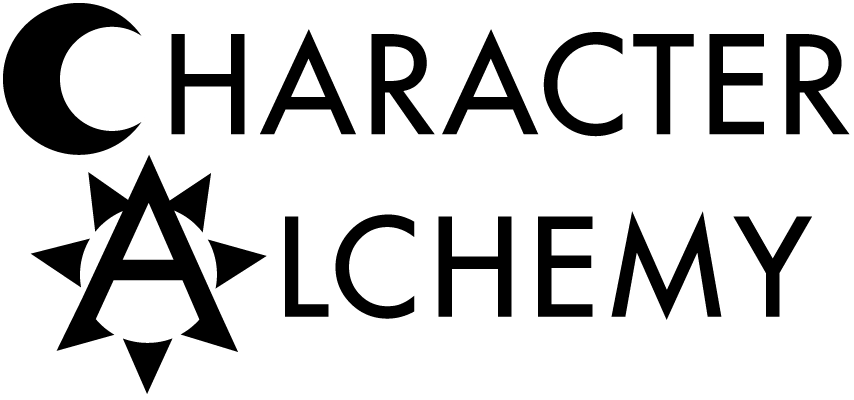While the most common ‘ideal’ group is 4 players and 1 GM, give or take a player, there is no one-size-fits-all option for GMing. It is difficult to find the right number of players for the types of adventures you want to run. Often, the group size is dependent on how many friends are willing to put enough time into the hobby. If you are fortunate enough to be able to choose how many players you have in a group, here are aspects to consider.
Benefits of More Players
One advantage of having more players is not having to worry as much about difficult puzzles or deadly fights. The axiom “many hands make light work” becomes apparent when you throw a horde of zombies at a large group. At least one character has an ability to deal with a mob of undead, such as area of effect spells. Similarly, if it’s a difficult puzzle, at least one is going to have a clever solution. Large groups let the GM worry less about balance and focus more on challenges that fit the story.
Larger groups also mean that the characters are more resilient, because they have more recovery abilities. With this resiliency, comes the opportunity for the GM to flex their tactical muscles and fully use all of the enemies’ abilities. Most enemies aren’t going to last more than two rounds against a large group of characters, so use the awesome abilities at the start of combat. It’s use-it-or-lose-it. And with a large group you get to use it all with the assurance that they can survive the opening salvo.
The lesser talked about benefit of a large group is that it takes the pressure off the players to be the star of the show. Sometimes, players just want to roll dice and be silly or relax and go through the motions. Not every player has the drive to be the main character. With a larger group, those players that prefer to take a passive role during the game are free to do so. In fact, they are often appreciated for their ability to roleplay a support character. It’s a comfortable position for many players, and a large group lets them play in cooperative games without as much social pressure to perform.
Benefits of Fewer Players
Fewer players means more time and space to focus on each character individually. The GM can spend time exploring each character’s backstory, tie each character’s personal journey to the ongoing plot, and easily share the spotlight with every character in almost every session. In a small group, the story can be more focused and personalized. Every player gets to play the main character.
The small selection of combat options also makes fights more dramatic. Every battle has the possibility of ending in disaster. The threat is heightened and every player must think tactically. Small groups can be easily overwhelmed and must consider retreat as a legitimate strategy more often than larger groups.
Small group tactics, such as hit-and-run attacks, also become preferable. The fear of capture or defeat in every encounter creates dramatic tension that is hard to achieve with larger groups.
Discovering the right size group for your table can take trial and error, but it might just be limited by your friends group. Trying different sizes will open up new possibilities for your table. Find the size that’s the most fun for you, you’re most comfortable running, and which serves the story best.
Larger groups
- GMs don’t need to hold back in combat or puzzles
- Bigger challenges because more players
- Resiliency means story takes precedence over survival
- Less pressure on any one player to be the star of the show
Smaller Groups
- Can focus on each player more often
- Each character gets the spotlight
- Easier to tie each character to the plot
- Combats become more tense and dramatic
- Tactics become key to survival
